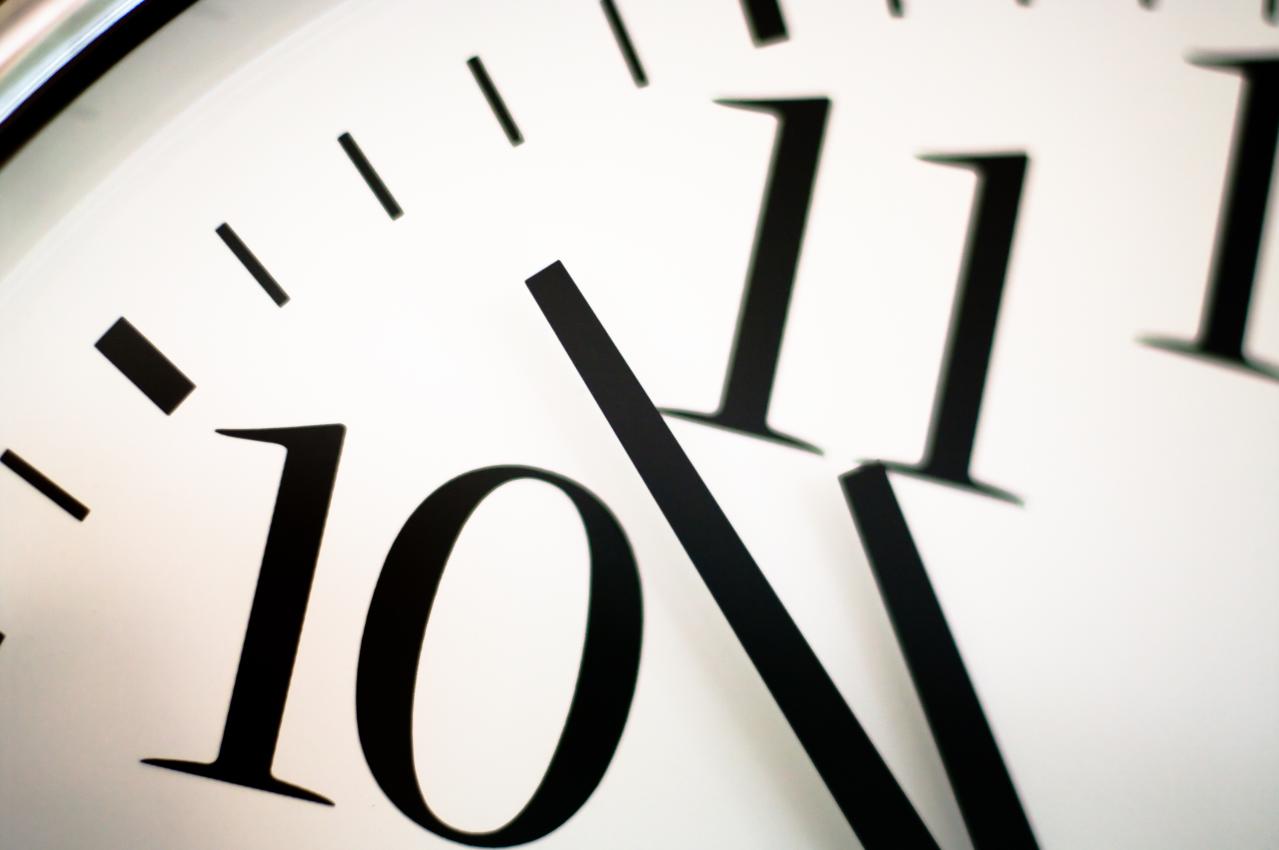As something of a sequel to the last post on book beginnings, I thought it might be worth pointing out George Orwell’s reliance upon clocks as he starts his novels.
Here’s The Clergyman’s Daughter
As the alarm clock on the chest of drawers exploded like a horrid little ball of bell metal , Dorothy, wrenched from the depths of some complex, troubling dream, awoke with a start and lay on her back looking into the darkness in extreme exhaustion.
And Keep the Aspidistra Flying
The clocks struck half past two. In the little office at the back of Mr. McKechnie’s bookshop, Gordon-Gordon Comstock, last member of the Comstock family, aged twenty-nine and rather moth-eaten already – lounged across the table, pushing a four-penny packet of Player’s Weights open and shut with his thumb.
Or Nineteen Eighty-Four
It was a bright cold day in April, and the clocks were striking thirteen.
It’s interesting that Orwell also records the time in the second sentence of Burmese Days and the third of Coming Up for Air – and all of this reminds me of one of the best writing tips that I’ve had.
There are two authors of every piece of work: the writer and the reader, with the reader having to recreate a scene or scenario in their imagination just as much as the writer might have to on the page. Simple prompts such as the time of day, the day of the week or a familiar scene, can be strikingly vivid. As in:
It was eight o’clock on a chilly November morning.
A tall oak tree stood at the far end of the churchyard.
It was a bright cold day in April, and the clocks were striking thirteen.
There’s very little description to these sentences, but as they leave plenty of room for the reader’s imagination they evoke complex scenes. It’s sparse writing, which saves you the trouble of having to stretch to four long sentences crammed with adjectives to get your point across. You’re letting the reader do the work for you.
It’s all simple enough. It’s much the same technique that Orwell is using here, with his clocks.
—
Image Credit: Steve Grosbois
